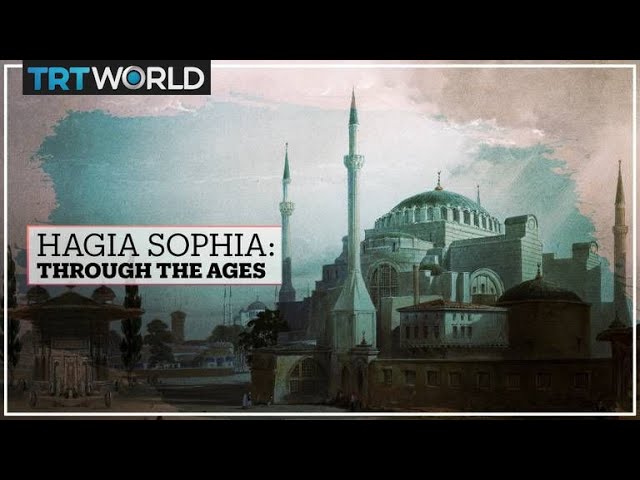The Hagia Sophia is one of the most famous and important monuments of the world. Located in Istanbul, Turkey, it is a testament to the great achievements of the Byzantine Empire and has been a major source of inspiration for many architects, engineers, and historians.
The construction of the Hagia Sophia began in 532 AD and was completed in 537 AD. It was built by the Byzantine emperor Justinian I and was designed by the great architects Anthemius of Tralles and Isidore of Miletus. The structure of the building is an example of Byzantine architecture and is considered to be one of the most impressive monuments of the Byzantine period.
The Hagia Sophia was originally built as a church, but it has been converted into a mosque and now a museum. The interior of the building is decorated with stunning mosaics, frescoes, and marble sculptures. It also has four minarets and a large dome, which makes it one of the most impressive buildings in the world.
The Hagia Sophia is a symbol of the greatness of the Byzantine Empire and its culture. It has been a source of inspiration for many architects and engineers over the centuries and has been a major influence in the development of many styles of architecture.
Architecture
The Hagia Sophia was designed by Anthemius of Tralles and Isidore of Miletus. It is an example of Byzantine architecture, which is characterized by the use of large domes and the incorporation of Christian symbolism. The building is made up of a large central dome, four smaller domes, and a series of columns. The central dome is 54 meters in diameter and is supported by four huge pillars. The interior of the building is decorated with marble, mosaics, and frescoes, which depict scenes from the Bible and the life of Jesus.
History
The Hagia Sophia has a long and fascinating history. It was built by the Byzantine emperor Justinian I in 532 AD and was completed in 537 AD. The building served as a church for nearly a thousand years and was the largest church in the world at the time. In 1453, the Hagia Sophia was converted into a mosque and it served as a mosque until 1935 when it was converted into a museum.
Cultural Significance
The Hagia Sophia is one of the most important monuments in the world and has been a major source of inspiration for many architects, engineers, and historians. It is a symbol of the greatness of the Byzantine Empire and its culture. It has been a major influence in the development of many styles of architecture and has been the subject of countless works of art.
Conclusion
The Hagia Sophia is one of the most impressive monuments in the world. It was built in the 6th century AD by the Byzantine emperor Justinian I and was designed by Anthemius of Tralles and Isidore of Miletus. It is an example of Byzantine architecture and has been a major source of inspiration for many architects, engineers, and historians. The Hagia Sophia has a long and fascinating history and is a symbol of the greatness of the Byzantine Empire and its culture.
